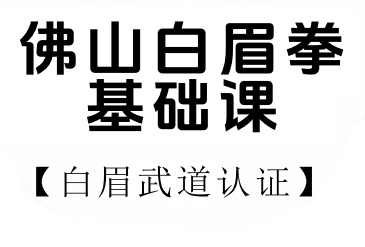English Translation:
"Finally we'll master Diao Jiao (Hovering Step) - the signature footwork in Bak Mei Kung Fu for solid-void transitions . This precursor to weight-bearing stances sharpens your kicking game with deceptive unpredictability. Demonstration protocol:
Advance left foot half-step (establish base )
Right foot initiates forward motion with hovering toe-tip pressure
Biomechanical setup :Sink horse stance 15% lower (activate gluteal chain )
Load 70% weight on lead leg (kinetic potential )
Rear foot suspends with metatarsal engagement
Dynamic stabilization :"Coil-spring tension": Contract interossei muscles in both feet
Thighs brace laterally against knee torsion
Maintain zero sway tolerance through pelvic floor control

Coaching cues :
"Left advances - Right ghosts forward -
Toes drill the earth - Weight 70/30 split -
Muscles coil into spring-loaded tension -
Be water suspended yet rooted!"
Cultural Footnote
The name 吊脚 evokes traditional Southern Chinese lion dance's "teetering on stilts" technique. When teaching, demonstrate its application in Lop Sao (arm-trapping) sequences to show how the suspended leg enables lightning-fast Deng Tui (side kicks). For Western students, relate it to Savate's fouetté with Chinese weight-masking principles.

